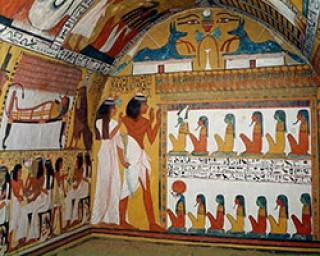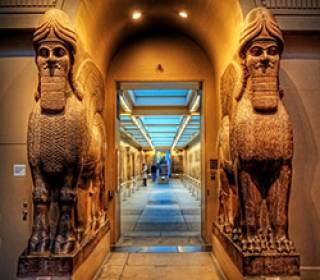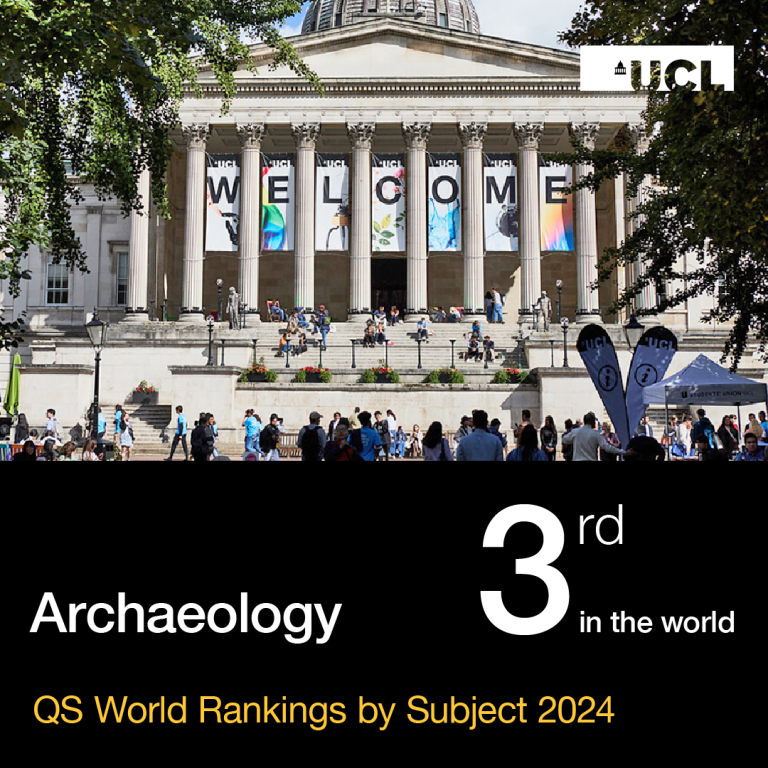The overall aim of this module is to provide an introduction to the archaeology of Egypt and the Near East, from the beginning of the Holocene (c.12,000 years ago) to the end of the Iron Age (330 BC).

The module offers an introduction to the archaeology of the Nile Valley and the Near East from prehistory to the Islamic period, with a focus on Egypt, Mesopotamia, the Levant, Anatolia, and Iran in the time between 10,000 BCE and 300 CE.
Classes will consider the nature and interpretation of archaeological and textual sources in approaching the history of these regions, focusing on key sites and key issues, including the origins and trajectory of sedentism, agriculture, complex societies, urbanism, literacy, interaction and trade, and empires.

On successful completion of the module, students will:
- understand the outlines of Egyptian and Near Eastern history from prehistory to the Islamic period
- be familiar with archaeological key sites in Egypt and the Near East and be able to relate them to individual periods of the history of ancient Egypt and the Near East
- understand the geographical, historical and social contexts of a range of material and non-material cultural expressions of the Egyptian and Near Eastern past
- have a broad overview of specific themes that shaped the history of the study region
- understand the disciplinary underpinnings of Egyptian and Near Eastern Archaeology, and what it contributes to World Archaeology.
Module information
- Code: ARCL0007
- Credits: 15
- Coordinators: Georgia Andreou & Claudia Näser
- Handbook:
For registered students
- Reading list: open»
Availability
- Runs every year
 Close
Close



